Abarth 500 595 695 vs BYD Tang – Differences & prices compared
Two cars, one duel: Abarth 500 595 695 meets BYD Tang.
Which one wins in performance, efficiency and value for money? Find out now!
Costs and Efficiency:
Price and efficiency are often the first things buyers look at. Here it becomes clear which model has the long-term edge – whether at the pump, the plug, or in purchase price.
Abarth 500 595 695 has a clearly advantage in terms of price – it starts at 32600 £, while the BYD Tang costs 64300 £. That’s a price difference of around 31723 £.
In terms of energy consumption, the advantage goes to the Abarth 500 595 695: with 17.10 kWh per 100 km, it’s clearly more efficient than the BYD Tang with 24 kWh. That’s a difference of about 6.90 kWh.
As for range, the BYD Tang performs convincingly better – achieving up to 530 km, about 265 km more than the Abarth 500 595 695.
Engine and Performance:
Power, torque and acceleration say a lot about how a car feels on the road. This is where you see which model delivers more driving dynamics.
When it comes to engine power, the BYD Tang has a clearly edge – offering 517 HP compared to 155 HP. That’s roughly 362 HP more horsepower.
In acceleration from 0 to 100 km/h, the BYD Tang is clearly quicker – completing the sprint in 4.90 s, while the Abarth 500 595 695 takes 7 s. That’s about 2.10 s faster.
In terms of top speed, the BYD Tang performs to a small extent better – reaching 190 km/h, while the Abarth 500 595 695 tops out at 155 km/h. The difference is around 35 km/h.
There’s also a difference in torque: BYD Tang pulls convincingly stronger with 680 Nm compared to 235 Nm. That’s about 445 Nm difference.
Space and Everyday Use:
Cabin size, boot volume and payload all play a role in everyday practicality. Here, comfort and flexibility make the difference.
Seats: BYD Tang offers significantly more seating capacity – 7 vs 4.
In curb weight, Abarth 500 595 695 is decisively lighter – 1410 kg compared to 2630 kg. The difference is around 1220 kg.
In terms of boot space, the BYD Tang offers clearly perceptible more room – 235 L compared to 185 L. That’s a difference of about 50 L.
In maximum load capacity, the BYD Tang performs clearly better – up to 1655 L, which is about 1105 L more than the Abarth 500 595 695.
When it comes to payload, BYD Tang distinct takes the win – 575 kg compared to 385 kg. That’s a difference of about 190 kg.
Who comes out on top?
Overall, the BYD Tang shows itself to be wins the duel decisively and secures the title of DriveDuel Champion.
It convinces with the more balanced overall package and proves to be the more versatile choice for everyday use.
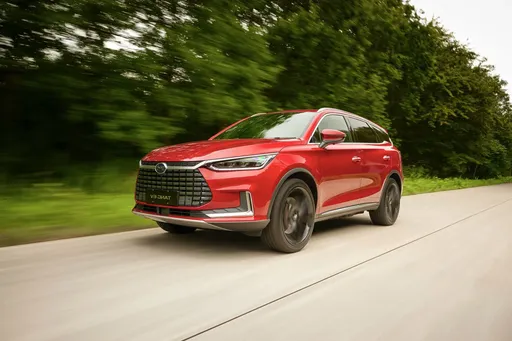 @ BYD Auto / BYD Global Media
@ BYD Auto / BYD Global Media
BYD Tang
Abarth 500 595 695
The Abarth 500, particularly in its 595 and 695 renditions, captures the spirit of Italian motoring with its compact yet aggressive design. Known for its lively performance and distinctive styling, this little powerhouse is a joy to drive, offering an engaging experience that appeals to enthusiasts. With its rich motorsport heritage, the Abarth 500 embodies the essence of fun and excitement on both the streets and the race track.
details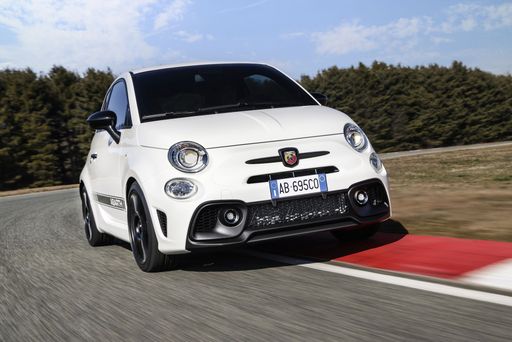 @ Abarth / Stellantis Media
@ Abarth / Stellantis Media
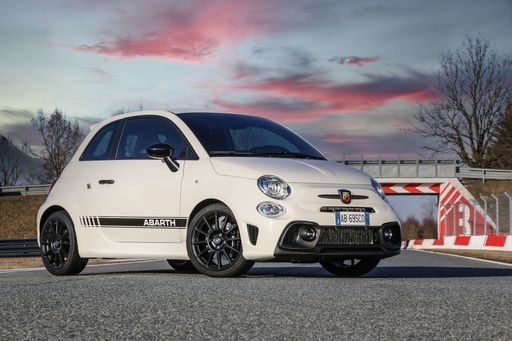 @ Abarth / Stellantis Media
@ Abarth / Stellantis Media
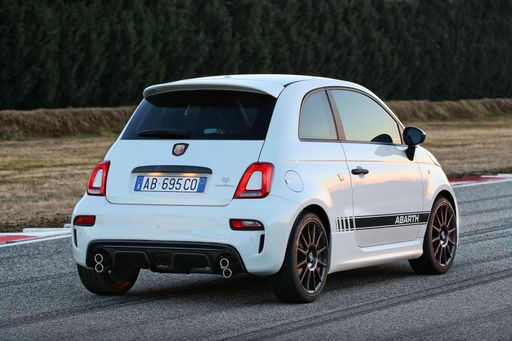 @ Abarth / Stellantis Media
@ Abarth / Stellantis Media
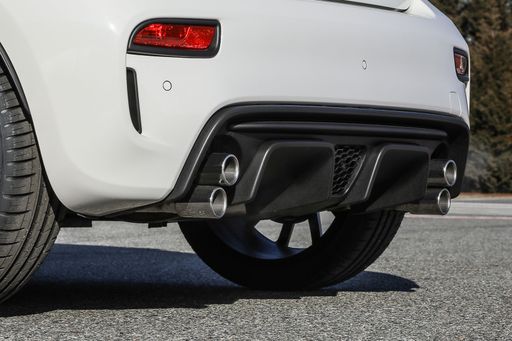 @ Abarth / Stellantis Media
@ Abarth / Stellantis Media
 @ Abarth / Stellantis Media
@ Abarth / Stellantis Media
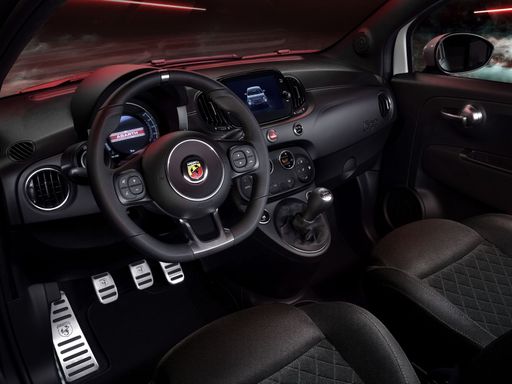 @ Abarth / Stellantis Media
@ Abarth / Stellantis Media
BYD Tang
The BYD Tang represents a bold entry into the competitive SUV market, blending cutting-edge technology with modern design aesthetics. Its spacious interior is complemented by high-quality materials and innovative features, making it a strong contender for families and tech enthusiasts alike. With an emphasis on sustainability, the Tang offers an eco-friendly driving experience without compromising on performance or luxury.
details @ BYD Auto / BYD Global Media
@ BYD Auto / BYD Global Media
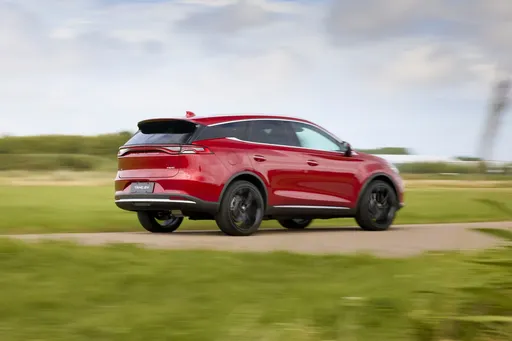 @ BYD Auto / BYD Global Media
@ BYD Auto / BYD Global Media
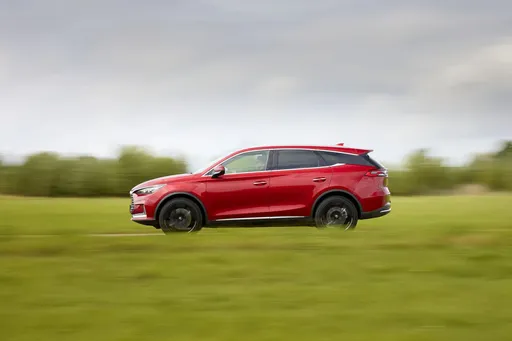 @ BYD Auto / BYD Global Media
@ BYD Auto / BYD Global Media
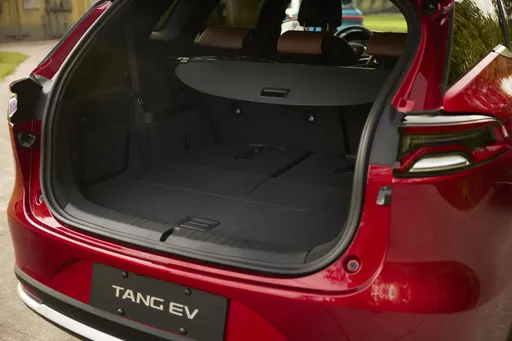 @ BYD Auto / BYD Global Media
@ BYD Auto / BYD Global Media
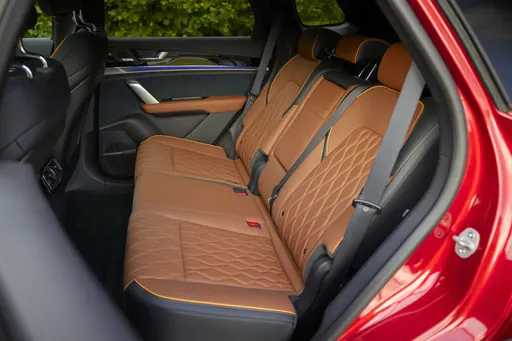 @ BYD Auto / BYD Global Media
@ BYD Auto / BYD Global Media
 @ Abarth / Stellantis Media
@ Abarth / Stellantis Media
|
 @ BYD Auto / BYD Global Media
@ BYD Auto / BYD Global Media
|
|
|
|
Costs and Consumption |
|
|---|---|
|
Price
32600 - 39400 £
|
Price
64300 £
|
|
Consumption L/100km
-
|
Consumption L/100km
-
|
|
Consumption kWh/100km
17.1 - 18.8 kWh
|
Consumption kWh/100km
24 kWh
|
|
Electric Range
242 - 265 km
|
Electric Range
530 km
|
|
Battery Capacity
37.80 kWh
|
Battery Capacity
-
|
|
co2
0 g/km
|
co2
0 g/km
|
|
Fuel tank capacity
-
|
Fuel tank capacity
-
|
Dimensions and Body |
|
|---|---|
|
Body Type
Hatchback
|
Body Type
SUV
|
|
Seats
4
|
Seats
7
|
|
Doors
3
|
Doors
5
|
|
Curb weight
1410 - 1435 kg
|
Curb weight
2630 kg
|
|
Trunk capacity
185 L
|
Trunk capacity
235 L
|
|
Length
3673 mm
|
Length
4970 mm
|
|
Width
1682 mm
|
Width
1955 mm
|
|
Height
1518 mm
|
Height
1745 mm
|
|
Max trunk capacity
550 L
|
Max trunk capacity
1655 L
|
|
Payload
370 - 385 kg
|
Payload
575 kg
|
Engine and Performance |
|
|---|---|
|
Engine Type
Electric
|
Engine Type
Electric
|
|
Transmission
Automatic
|
Transmission
Automatic
|
|
Transmission Detail
-
|
Transmission Detail
Reduction Gearbox
|
|
Drive Type
Front-Wheel Drive
|
Drive Type
All-Wheel Drive
|
|
Power HP
155 HP
|
Power HP
517 HP
|
|
Acceleration 0-100km/h
7 s
|
Acceleration 0-100km/h
4.90 s
|
|
Max Speed
155 km/h
|
Max Speed
190 km/h
|
|
Torque
235 Nm
|
Torque
680 Nm
|
|
Number of Cylinders
-
|
Number of Cylinders
-
|
|
Power kW
114 kW
|
Power kW
380 kW
|
|
Engine capacity
-
|
Engine capacity
-
|
General |
|
|---|---|
|
Model Year
2023
|
Model Year
2024
|
|
CO2 Efficiency Class
A
|
CO2 Efficiency Class
A
|
|
Brand
Abarth
|
Brand
BYD
|
Is the Abarth 500 595 695 offered with different drivetrains?
The Abarth 500 595 695 is offered with Front-Wheel Drive.
The prices and data displayed are estimates based on German list prices and may vary by country. This information is not legally binding.
